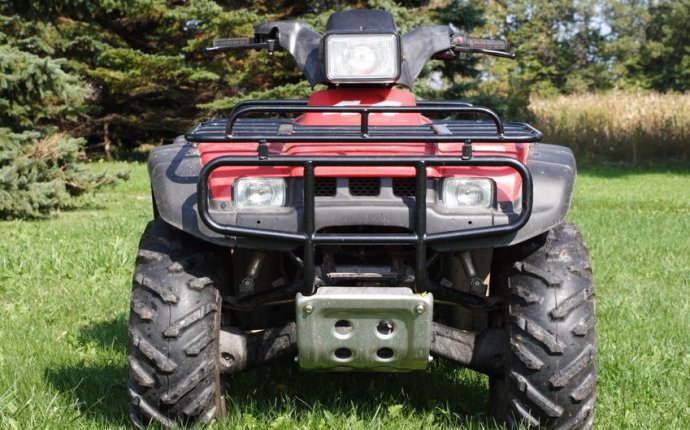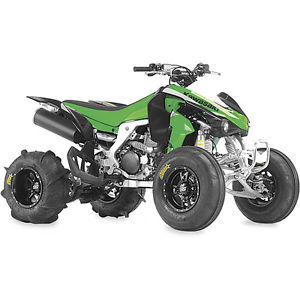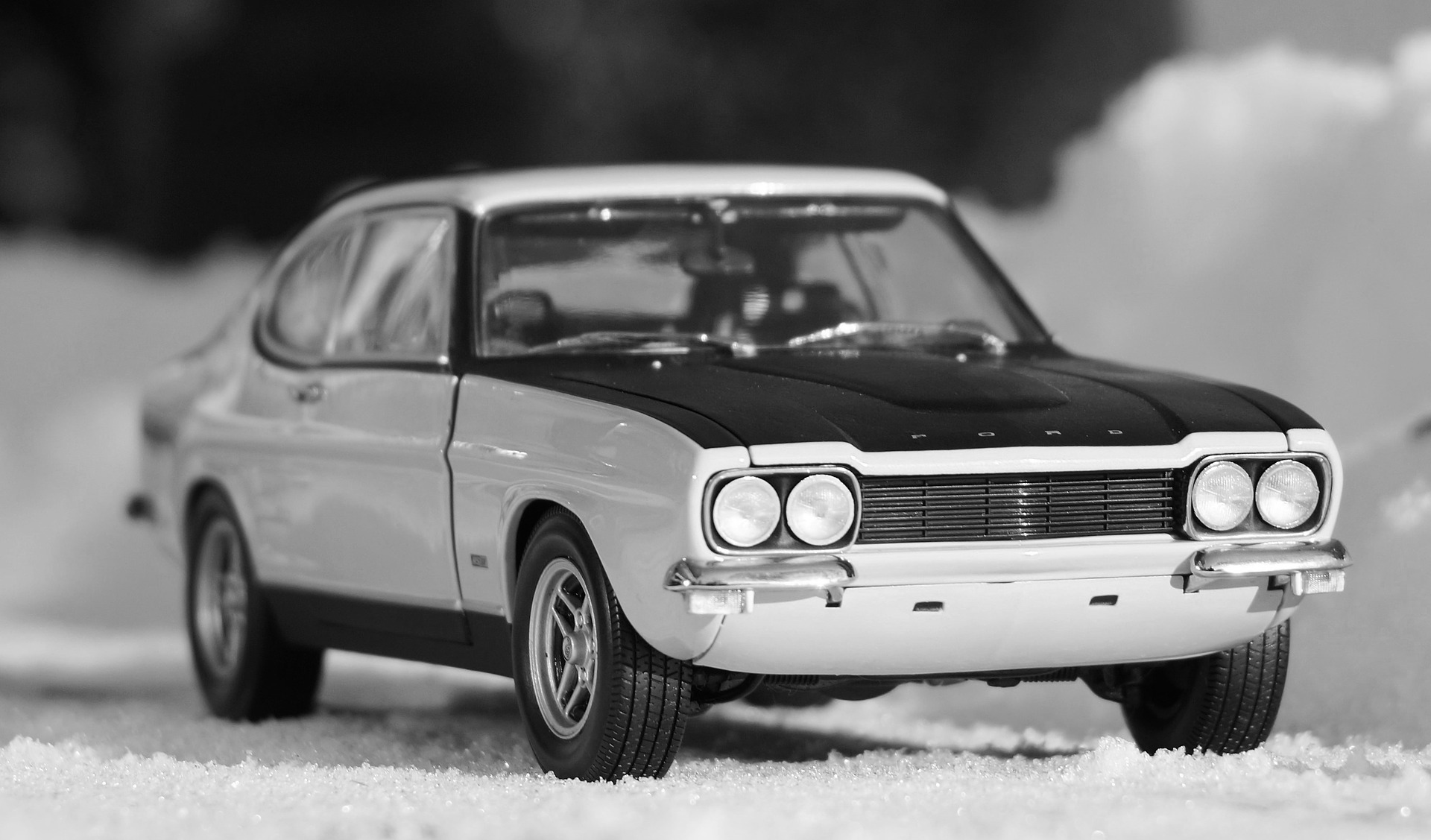
How to Read ATV Tire Size?
 All terrain vehicles (ATVs) have very specific needs for tires in order to ensure their performance continues to be top notch. There are many factors to consider, such as price, brand, and construction, and choosing the wrong set of tires can damage your ATV. Getting the right size tires is also an important consideration, since not all ATVs take the same size tire. Some buyers may want to change the tire size on their ATV to provide more ground clearance or to give the ATV a new look.
All terrain vehicles (ATVs) have very specific needs for tires in order to ensure their performance continues to be top notch. There are many factors to consider, such as price, brand, and construction, and choosing the wrong set of tires can damage your ATV. Getting the right size tires is also an important consideration, since not all ATVs take the same size tire. Some buyers may want to change the tire size on their ATV to provide more ground clearance or to give the ATV a new look.
Other buyers are looking to purchase tires for a specific terrain type to get the best performance as possible. It is best to purchase tires for your vehicle based on the terrain that you encounter most frequently. Some specialty tires are a must, such as racing or snow, but for buyers that can only afford one set of tires, all-terrain tires are designed to work in most situations year-round. Buyers that are looking for new tires need to understand all the differences and choices of ATV tires, which will allow them to make the most informed decision.
ATV Tire Construction
ATV tires can be broken down into two categories of construction: bias and radial. Understanding the difference will help buyers choose the best tire for their needs. When making the choice on the kind of tire for an ATV, buyers should think about how the ATV will be used and where the majority of the driving will take place.
Bias Construction
Bias tires are the best choice for ATVs that will be used on steep hillsides or rough terrain. However, these tires are going to provide a rough ride and are not good to use on hard-surfaced roads and flat surfaces. The tread on bias construction tires wears out quickly, but they are less expensive than radial tires and are easier to repair. Another thing for buyers to consider is that bias construction tires are not as stable as radials at high speeds and do not provide efficient fuel economy.
Radial Construction
In contrast, radial construction tires are best for flat surfaces, such as paved roads and for traveling at high speeds. They will provide a smoother ride and have a more flexible construction, so the fuel economy will be better. These tires are also going to be more prone to damage than bias tires and will be difficult or expensive to repair. However, when maintained and used properly, they will last a long time.
Ply Rating
The ply rating on tires refers to the number of sheets layered into the tire during construction. This is usually noted on the sidewall of the tire with stars. While modern tires are no longer made with ply layering construction, the ply rating has become a standard of measurement for tire strength. The higher the rating, the stronger the tire. Most ATV tires are two stars but they can go up to four stars for more expensive types. Tires that have a higher ply rating will have a higher load capacity and will be less prone to punctures.
Tread Types
The tread height, width, and diameter will change between different types and styles of tires and this change can be an advantage or disadvantage depending on the type of terrain they will be used in. Wider tread will increase cornering and traction as well as increase acceleration and braking. Narrow tread will make the ATV easier to steer and cause less stress on the suspension and work best in soft environments, such as mud or snow. It is important to choose the right tread type for the kind of riding you will be doing with your ATV.
Special Terrain ATV Tires
There are a few common tire types that are used for most terrain riding. However, specialty tires exist for specific terrain types that have characteristics that make them work well in certain environments. For buyers that will be taking their ATV out in some of these environments, it can be worthwhile to consider purchasing a set of specialty tires.
All Terrain/Trail
These are the most common types of ATV tires and are designed to perform well on a variety of terrain types. These tires will provide good traction in most situations and will often have better vertical and lateral stability than other types of tires. However, while they will perform well in most areas, they are not a replacement for specialty tires for some environments like mud or snow. They are also not self-cleaning as well as tires that are designed for mud.
Sand Tires
Sand tires are designed to be used in desert or beach locations where the primary terrain is sandy and loose. The tread on these tires resembles paddles to provide extra traction. These are the only tires that are going to provide good traction in sandy environments and not overheat the engine from strain. However, do not expect them to work well in any other terrain type.
Racing Tires
Racing tires are designed to provide the best handling and performance on flat surfaces where speed is desired. The tread on these tires will be knobby and distributed vertically and horizontally. These tires are the best choice for high-speed racing on medium to hard-packed surfaces and they won't wear down as quickly as other tires. These tires can be quite expensive and are not a good choice for any other terrain type.
Snow Tires
Snow tires are designed to be used in the slippery and wet environment of snow. The tread pattern is horizontal and works like snow chains to prevent the tire from spinning by allowing them to dig into the ground. These tires are soft, so they will wear down quickly on hard surfaces.









